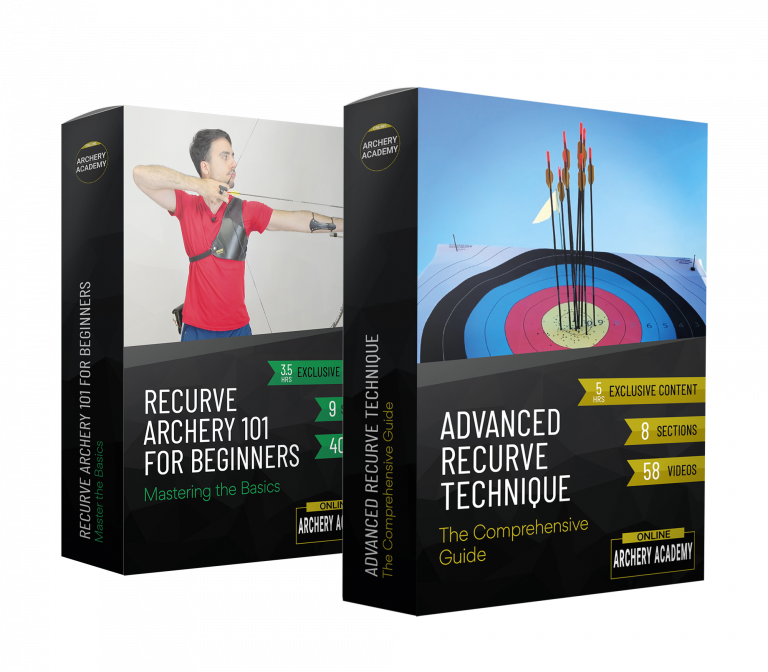Recurve Neck Tension - Causes and Solutions
Recurve Neck Tension – Causes and Solutions
Today’s post covers and extremely common issue which too many recurve archers face, especially when they first start shooting: too much neck tension. Its causes are simple, but fixing it can often take a long time. As a result, it’s worth getting it correct from the start.
You can watch the full video below and there’s also a written summary if you scroll down past the video. If you’ve not already, make sure to check out our Recurve Archery Basics, How To Learn Archery and How To Train for Archery guides.
The Fastest Way to Learn Archery
Save years of frustration and improve your technique and scores today. Without spending thousands on equipment or travelling hours for coaching. Plus OAA readers get 20% off.
Expert step-by-step guidance, lifetime access and a 100 day money-back guarantee, no questions asked.

Recurve Neck Tension – The Causes
Excessive neck tension (which can eventually lead to pain) is often caused by using the upper trap muscles too much. When we draw the bow, we want to use the lower muscles of the back such as the lower traps and lats. This allows us much more room to get into alignment, reach real full draw and expand in a smooth, consistent manner.
There are two main reasons that could cause you to use the upper trap muscles too much: not having learnt the correct movement, or not being strong enough. 99% of archers fall into one of these categories.
If you’re not strong enough to use the right muscles, your body will still find a way to draw the bow. This will probably be using the upper traps, which causes excessive neck tension.
Recurve Neck Tension – Learning The Feeling
The first stage to improving is to learn the correct feeling and movement of the body. The best way to do this is with a band, mimicking the shooting movement but without the heavy draw weight of your bow. This will allow you to move freely without being pulled around.
Practice lifting the arms, aligning the shoulders and drawing the bow without engaging the upper trap/neck muscles. You can do this in a mirror, or using a video delay app on a phone or tablet. This will give you the feedback you need to learn how the movement should feel.
As an example, take a look at this comparison video on the Online Archery Academy Instagram account, this is how quickly video delay can help you improve an area like this!
If you’re not sure about the exact muscles mentioned and what technique you should be aiming for, I’d suggest reading the Draw and Full Draw technique section.
Recurve Neck Tension – Improving Strength
Once you’ve got the correct feeling with a band, it’s time to start transferring it so you can replicate it properly with your bow. In all likelihood you won’t be able to do it with your normal weight bow straight away, so be patient. Drills and bow training will be essential here.
During this period, gradually increase the weight of your band repetitions, increase the number of repetitions you do and keep pushing yourself. You can still shoot your bow during this period, but fewer arrows and at a lower intensity (i.e. shooting close range blank bale instead of 70m target).
To increase your strength using the bands, make proper technique the absolute priority, and perform a range of bow training exercises. Examples include Shot Trainer Draw Ups, Full Draw Holds, 7+2’s, and Shot Trainer Holds. You can do all of these with bands instead of with your bow. Trust me, they will be difficult enough!
Recurve Neck Tension – What It Should Feel Like
So, what feeling should you have around the shoulders. I’d like to start by mentioning back tension. I DON’T encourage most archers to think about back tension. As a general rule, the body responds much better to thinking about MOVEMENT rather than muscle tension. I go into much more detail on this topic in a recent article published in Bow International Magazine: 6 Ways To Improve Your Recurve Release.
Instead of trying to create “back tension” (which normally just causes neck tension!), focus on movement of the draw elbow around the body. In the shoulder joints themselves you should feel like there is space to move and the joints and surrounding muscles are free. You shouldn’t feel like the joints are compressed or the shoulders are tense. In the end, you’re trying to create space so you can move smoothly, not create static tension which harms your shot.
For some more technical information on this part of the shot, I would definitely recommend checking out two recent YouTube videos in particular: Draw Shoulder Technique – Reduce Injury Risk and Increase Efficiency and The Bow Shoulder for Beginners – Archery Technique 101.
I hope this was a helpful post – and there are also loads more videos on similar topics (and many more) on the Online Archery Academy YouTube Channel.
